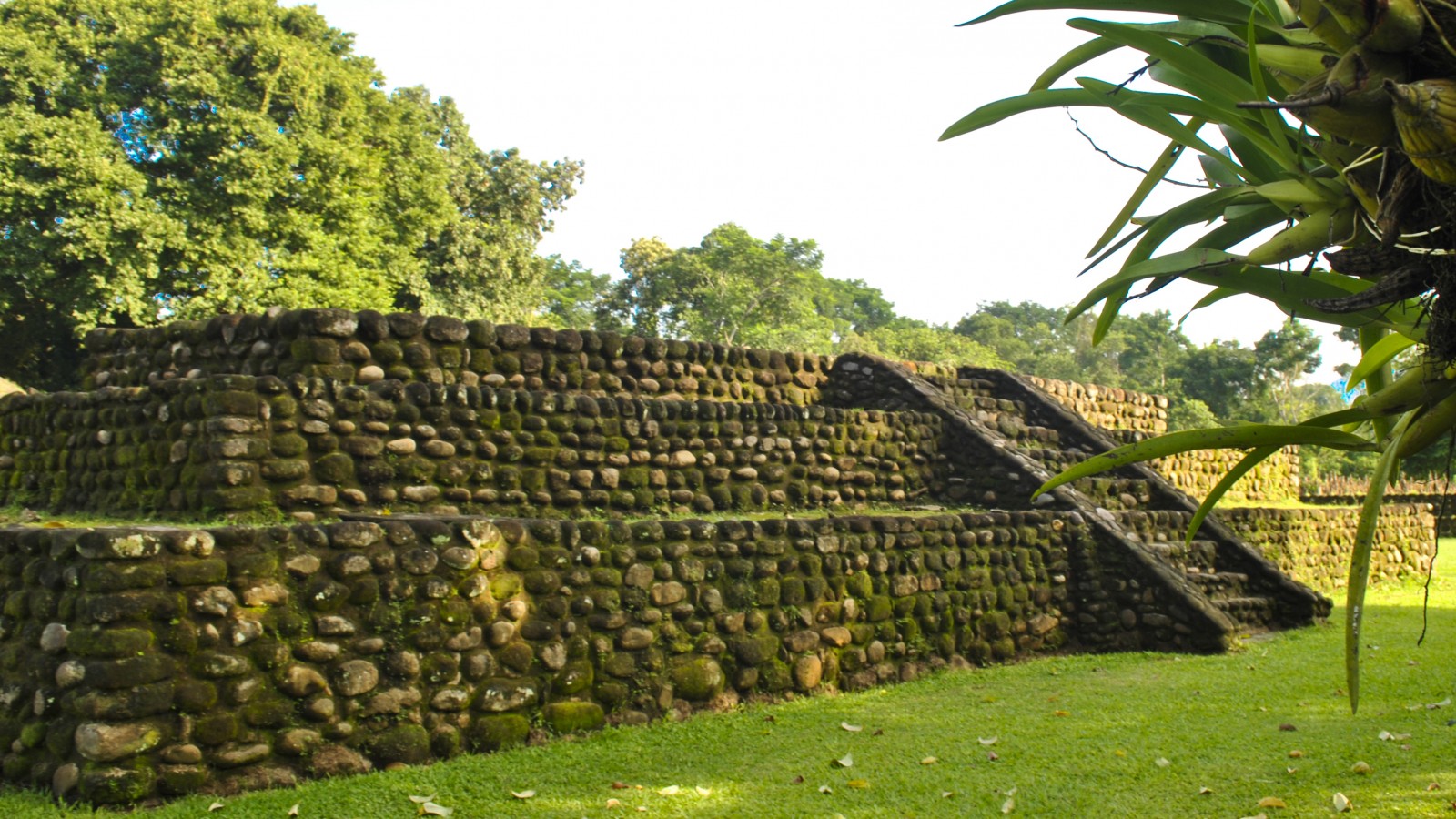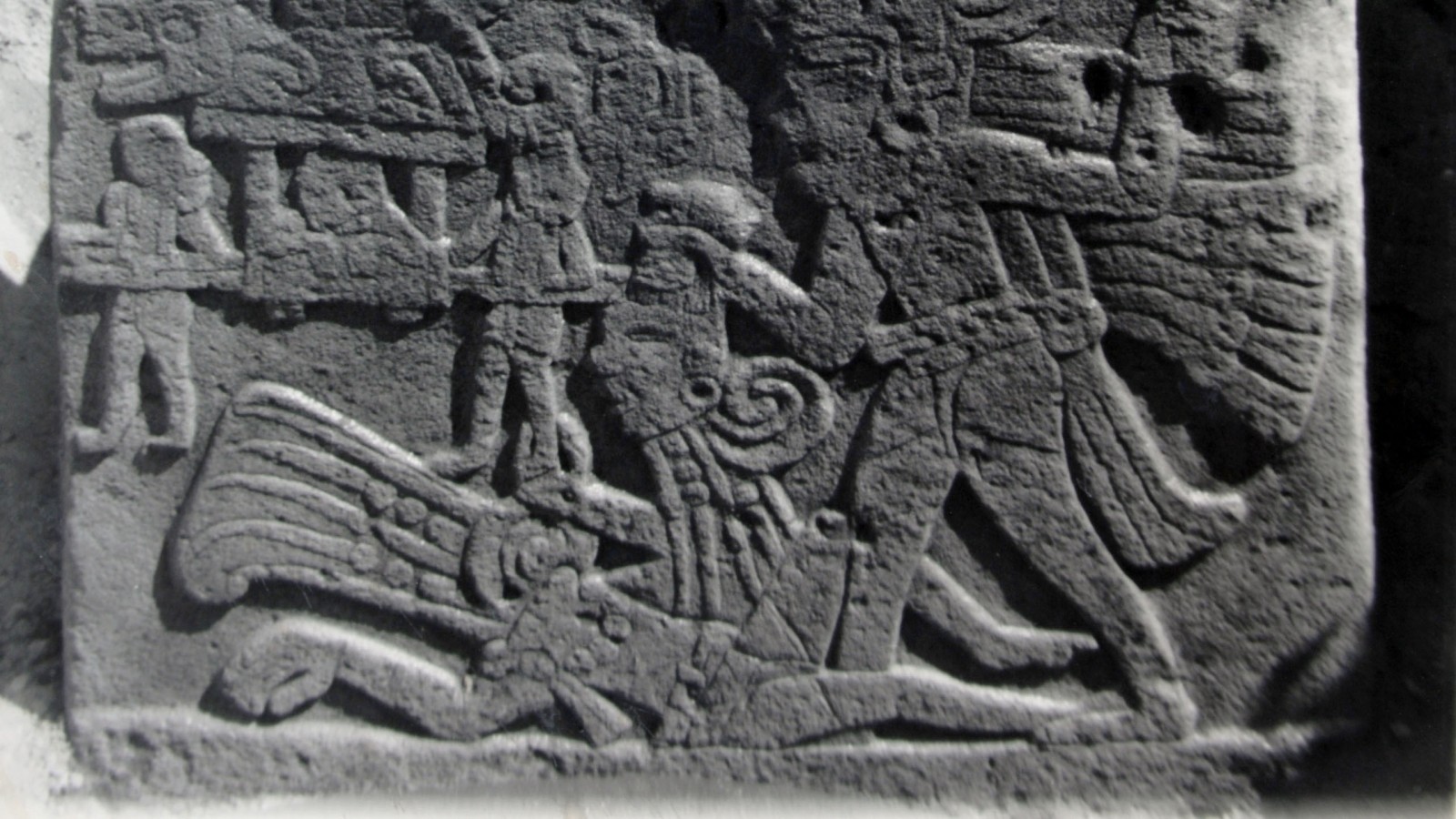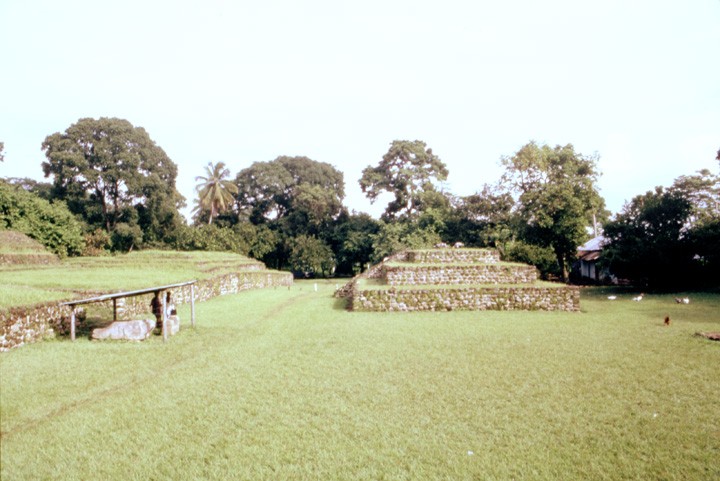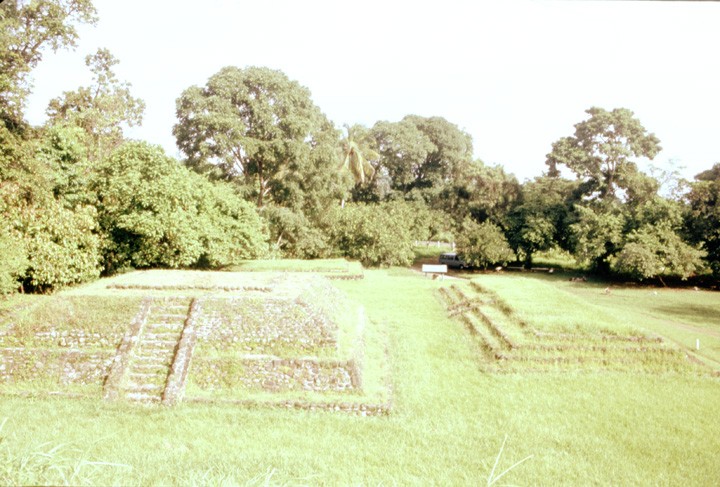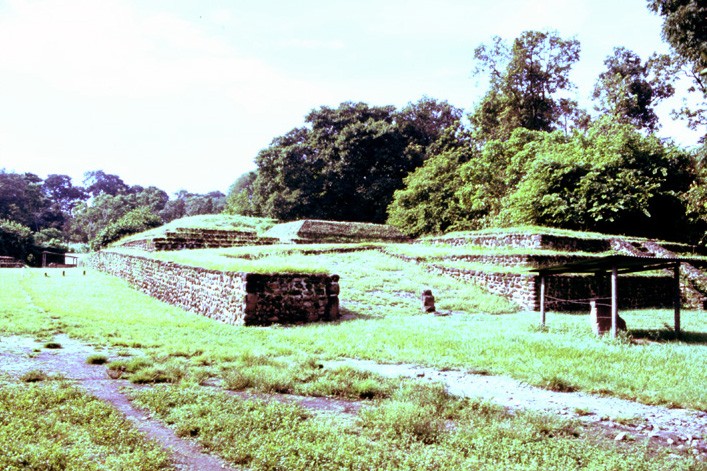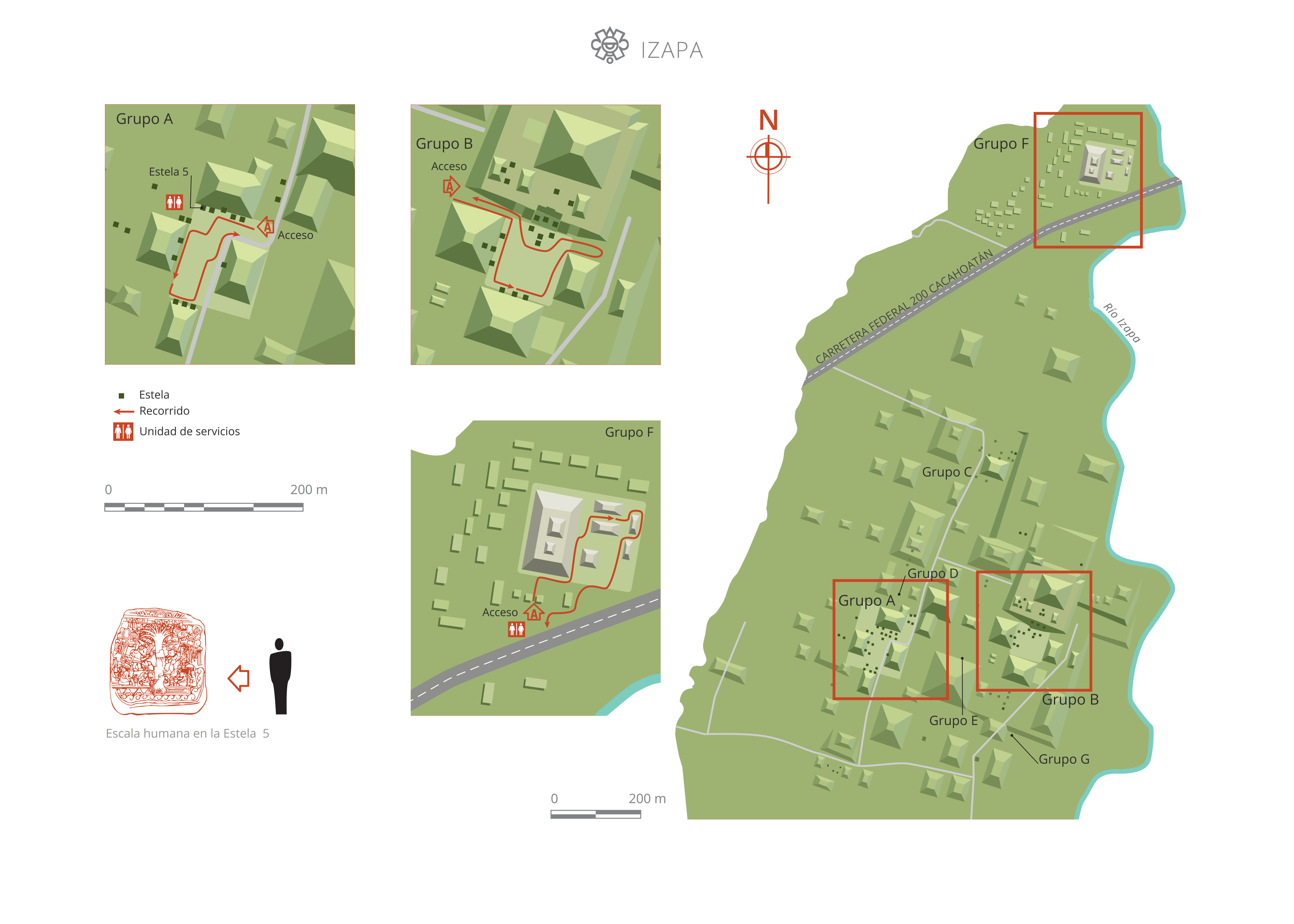Izapa
Place of the salt river
The ceremonial, political and religious center of Soconusco for nearly a thousand years. Among the vestiges there remain plazas, admirable stelae and altars decorated with remarkable reliefs which experts consider show the evolution from Olmec to Maya art.
About the site
It is possible that the name Izapa is a corruption of the Nahuatl word "Atzacua," meaning "place where water is stored." Another possible derivation is from "Ixtapan," meaning "on top of the sands." Culturally, the city was Mixe–Zoque and Maya. It saw many changes over the centuries, from the Preclassic or Formative to the Postclassic period, that is from 1500 BC till 1200 AD. The stone sculpting era at Izapa ran from the Middle and Late Formative in 650 BC till the Early Classic in 100 AD.
The Mixe–Zoque culture, which was related to Olmec, was present in Izapa, as was Mayan culture, whose characteristics subsequently spread throughout the Mayan region during the Classic. There is evidence of Mexica enclaves, established for the purpose of gathering tribute in the coastal area of Chiapas, in the form of Nahuatl settlement names, and this is evident from Tonalá to El Salvador in Central America. The site’s mounds show a distribution of plazas or patios, which were labeled in their order of excavation, with groups A and B in the center of the core group of monuments, then C, D, E, G and H surrounding this core and F to the north of these groups. Of the above, only groups A, B and F are open to the public.
Izapa was occupied continuously from 1500 BC to 1200 AD. The regular spacing and alignment of the buildings, as well as their consistent features, show that construction followed the same basic plans. At Izapa sculpture served both practical and spiritual purposes, expressing commemorative or mythological ideas about humans or the natural world. The sculptural centerpiece is a mass of stelae and altars, cultural features associated with the most important mounds, which subsequently made their appearance in the Mayan region. Many of these stelae include the portraits of personages from the Popol Vuh legend, a narrative of the ancient creation tradition of the highland Maya. Izapa style covered the coastal areas of modern Chiapas and Guatemala. The style is characterized by stelae carved in bas relief, with a vertical order divided into three planes: the heavens, the earth and the underworld, presenting scenes of deities and personages.
The Mixe–Zoque culture, which was related to Olmec, was present in Izapa, as was Mayan culture, whose characteristics subsequently spread throughout the Mayan region during the Classic. There is evidence of Mexica enclaves, established for the purpose of gathering tribute in the coastal area of Chiapas, in the form of Nahuatl settlement names, and this is evident from Tonalá to El Salvador in Central America. The site’s mounds show a distribution of plazas or patios, which were labeled in their order of excavation, with groups A and B in the center of the core group of monuments, then C, D, E, G and H surrounding this core and F to the north of these groups. Of the above, only groups A, B and F are open to the public.
Izapa was occupied continuously from 1500 BC to 1200 AD. The regular spacing and alignment of the buildings, as well as their consistent features, show that construction followed the same basic plans. At Izapa sculpture served both practical and spiritual purposes, expressing commemorative or mythological ideas about humans or the natural world. The sculptural centerpiece is a mass of stelae and altars, cultural features associated with the most important mounds, which subsequently made their appearance in the Mayan region. Many of these stelae include the portraits of personages from the Popol Vuh legend, a narrative of the ancient creation tradition of the highland Maya. Izapa style covered the coastal areas of modern Chiapas and Guatemala. The style is characterized by stelae carved in bas relief, with a vertical order divided into three planes: the heavens, the earth and the underworld, presenting scenes of deities and personages.
Map
Did you know...
- The stelae feature numerous deities and figures drawn from fantasy: a man-bird, dragons, men or gods emerging from a serpent’s or jaguar’s mouth, rain gods brandishing axes and men venerating the gods.
- Stela 50 is one of the earliest representations of Ah-Puch, lord of the underworld.
- The majority of the designs include natural elements as well as celestial and astronomical phenomena. These representations were used both for seasonal rituals and for divination.
- Stela 21 represents human sacrifice by decapitation in the presence of a great lord seated on a sedan, while Stela 5 has a richly worked cosmological scene: the tree of life uniting the heavens, earth and underworld, the axis around which life revolves.
- Because of their content, a few of the scenes depicted in the Izapa stelae are seen as precursors to elements of classic Mayan iconography.
Practical information
Monday to Sunday from 08:00 to 17:00 hrs.
$75.00 pesos
Se localiza a 11 kilómetros de Tapachula, Chiapas y a 7 kilómetros de la frontera con Guatemala.
From the city of Tuxtla Gutiérrez, take the Pan-American Highway 190 towards Tapachula (397 km); Passing Tapachula, the archeological zone is 9 km along the road to to Talisman. Groups A and B are located on the right hand side of the road and group F on the left hand side.
-
+52 (961) 612 8360
Directory
Encargado
Centro INAH Chiapas
+52 (961) 612 2824, etxs. 168000 y 168001

